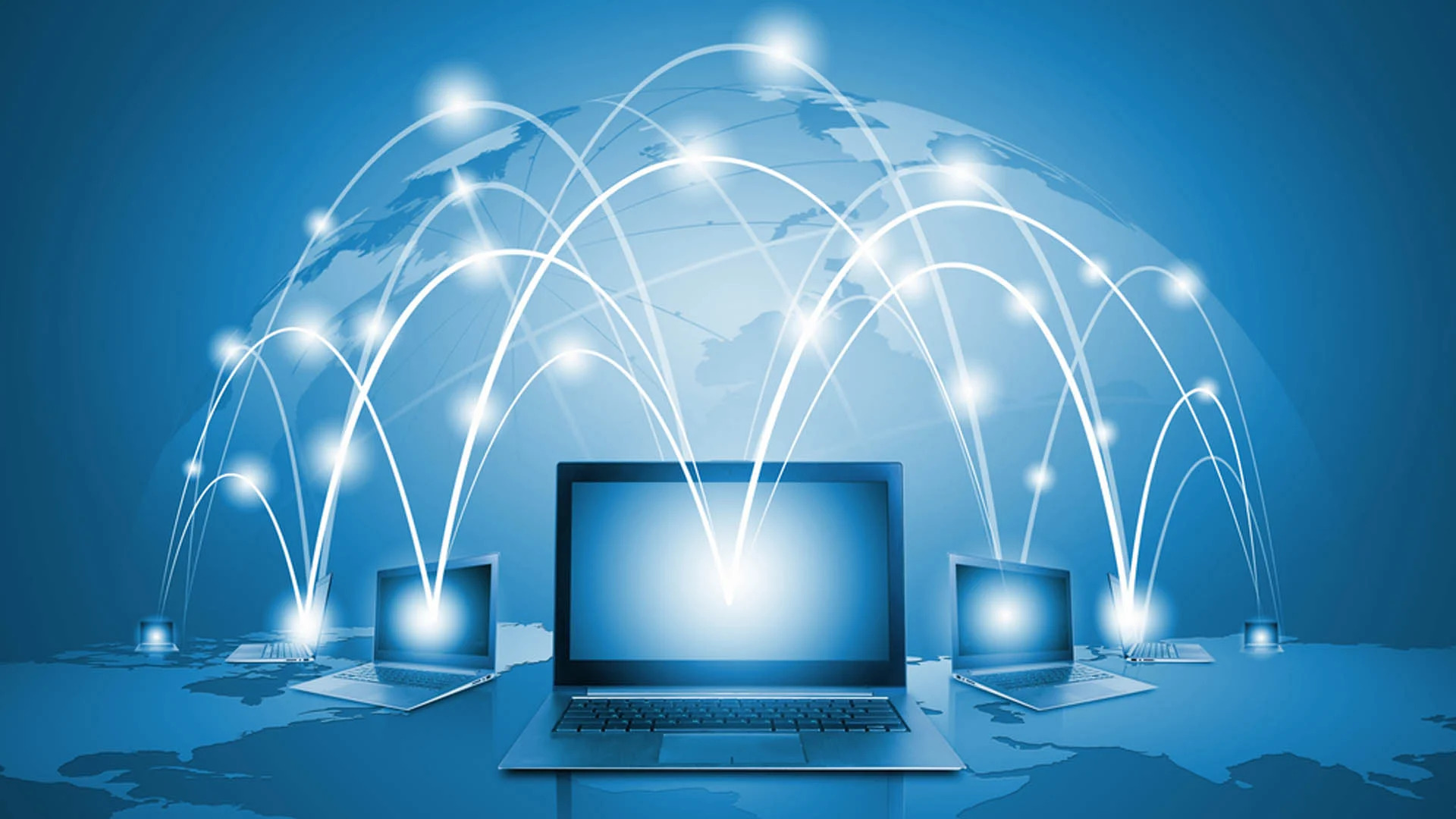The 4th Industrial Revolution Explained in Less Than 10 Minutes
AI & DATA
The 4th Industrial Revolution Explained in Less Than 10 Minutes

The fourth industrial revolution identifies a new era in which industries, driven by the need to compete in a global market, find the answer to remaining efficient, improving organization and work quality, and reducing production costs in technological innovation.
In the Industry 4.0 and Smart Manufacturing manifesto, although with different nuances, between 2011 and 2012, the principles and some long-term policies were defined for the first time to implement the digitalization of the manufacturing sector, involving companies, research centers, and industry associations.
The history of mankind is marked by transformations and progress, yet the speed and effects of the ongoing digital revolution prove to be unique and disruptive like never before. The fourth industrial revolution, leveraging the possibility of millions of people connected through fixed and mobile devices and promoting the adoption of an increasingly wide range of innovative technologies whose development and dissemination speed is on the rise, is changing markets and production models worldwide.
The fourth Industrial Revolution: when it begins and why
Tracing the industrial evolution, from the first revolution marked by the adoption of steam engines, through the second industrial era triggered by the use of electricity, to the third industrial revolution linked to the introduction of electronics and computer science in production lines, it is easy to identify in each historical moment a triggering event that drives change.
The fourth industrial revolution follows the advent of the internet and is related to the insight that any device associated with its identity and integrated into sensor networks can be programmed to interact or be part of even complex systems accessible remotely.
Although it is not possible to predict which technologies will prevail in terms of diffusion and consolidation, there is clear evidence that defining a digital transformation plan and correctly implementing it, regardless of the technologies used, is having a strong impact on companies, even to the point of disrupting their strategic positioning. From both the production and distribution perspectives, the efficiency of a company's vital activities - and therefore its ability to carve out slices of the public and market - increasingly depends on the adoption of the right technologies.
The benefits of Industry 4.0 for companies
Today, industrial and manufacturing enterprises have the opportunity to increase their competitiveness and efficiency through the interconnection of facilities and people, leveraging the cooperation of internal and external resources, as well as aggregating and analyzing large amounts of data. And these possibilities are multiplying day by day thanks to continuous investments in fields such as Artificial Intelligence, Internet of Things, Big Data, Cloud Computing, Collaborative Robotics, Augmented and Virtual Reality, 3D Printing, Autonomous Vehicles, Nanotechnology, and Biotechnology.
Like previous revolutions, the fourth industrial revolution has the potential to alter national and global economic and power balances, as well as improve the quality of life for populations and workers around the world. Booking a taxi, purchasing an airline ticket with online payments, accessing content through mobile applications, or buying a product from online stores are just a few of the benefits we enjoy on a daily basis. Similarly, technological innovation can lead companies to reduce production costs and increase profits and productivity. Transportation and communication costs decrease, logistics departments and production chains utilize shared communication channels, and research, development, and marketing departments have the means to focus attention on the product.
The new technologies driving the fourth industrial revolution
Today, every physical product or service can be equipped with digital capabilities that enhance its value. Every industry has access to technologies to innovate its critical areas, with a range of influence that can reach, influence, and enhance every human and mechanical aspect of the company. Technologies related to the Internet of Things and Big Data are the most mature and widely adopted, even by Italian companies, while Cloud Manufacturing and Advanced Human Machine Interface are emerging as the next reference technologies for the coming years. There is a growing number of innovative applications that impact processes interacting with factory work, such as those related to product development, supplier management, and product lifecycle definition.
Equipping machinery with sensors capable of collecting performance metrics and values makes the storage, management, and processing of such data a hot topic in the fourth industrial revolution. Cloud solutions are increasingly used in Italy as well, to execute applications and monitoring with a distributed approach, but also to store data associating them with replication and retention logic. In this context, some Italian clouds, including Red Cloud, are gaining prominence for their ability to provide the right solutions to SMEs embarking on the path of digital evolution. Similarly, platforms capable of handling large amounts of data, such as the ELK stack and TICK stack with time-series databases like InfluxDB, are spreading thanks to their flexibility of use.
In Italy, the National Industry 4.0 Plan, also known as Impresa 4.0, was launched in 2016 with the aim of promoting the development of Industry 4.0. The plan, targeting small and medium-sized enterprises, aims to increase innovative investments and foster skills development through incentives and specific guidelines. It is an opportunity worth exploring and definitely not to be missed.
To discover more
rocket_launch Watch the webinar (in Italian)
other articles on the topic

Extra Red was a key player at the "It's All CIO & Technology conference"

Fireside Chat with Roberto Pieraccini

IBM Study Tour with Nooemy

Quarkus & Couchbase: a simple REST example

What is Business Intelligence?














